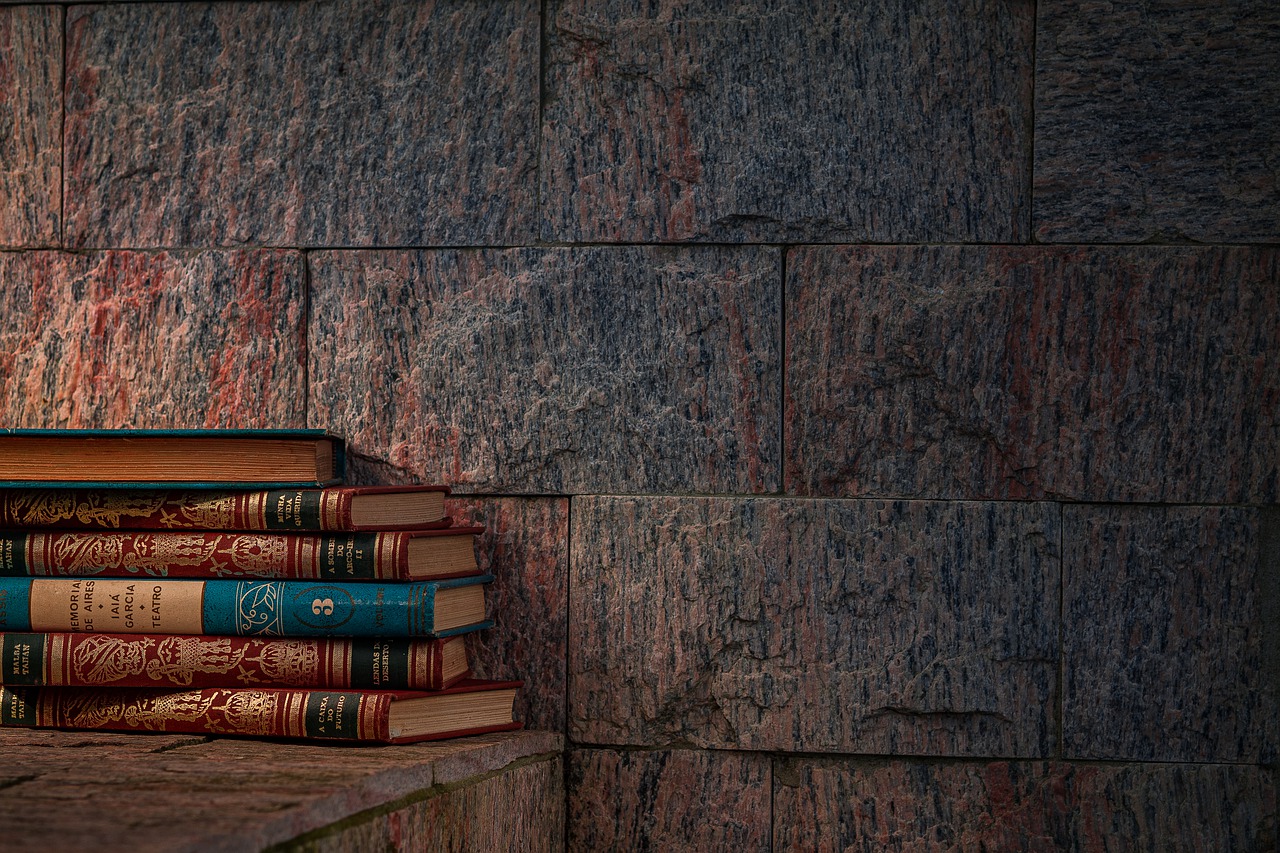Assessing Creativity and Innovation in Education: Bet book 247 sign up, Radhe exchange app download, Bethub777
bet book 247 sign up, radhe exchange app download, bethub777: Assessing Creativity and Innovation in Education
Creativity and innovation are crucial skills to develop in students to prepare them for the ever-changing world we live in today. As educators, it is essential to find ways to assess these skills effectively to encourage and nurture them in our students. In this article, we will explore different methods and strategies for assessing creativity and innovation in education.
Encouraging Creativity and Innovation
Before diving into assessment methods, it is important to create a learning environment that fosters creativity and innovation. Encourage students to think outside the box, take risks, and explore new ideas. Provide opportunities for collaboration, experimentation, and hands-on learning experiences.
1. Project-Based Assessments
One effective way to assess creativity and innovation is through project-based assessments. Assigning open-ended projects that allow students to showcase their creativity and problem-solving skills can provide valuable insights into their abilities. Evaluate projects based on originality, critical thinking, and the ability to think creatively.
2. Creative Problem-Solving Tasks
Incorporate creative problem-solving tasks into assessments to evaluate students’ ability to think on their feet and come up with innovative solutions. Present students with real-world scenarios or challenges and assess their ability to think creatively and find unique solutions.
3. Reflection and Self-Assessment
Encourage students to reflect on their work and assess their own creativity and innovation skills. Provide guided reflection prompts to help students identify areas for improvement and set goals for future growth. Self-assessment can be a valuable tool for fostering a growth mindset and promoting continuous improvement.
4. Peer and Teacher Feedback
Incorporate peer and teacher feedback into the assessment process to provide students with valuable insights and perspectives on their work. Peer feedback can help students gain new insights, ideas, and perspectives, while teacher feedback can provide valuable guidance and support for improvement.
5. Portfolio Assessment
Utilize portfolio assessments to evaluate students’ creativity and innovation skills over time. Encourage students to curate a collection of their work that showcases their creativity, innovation, and growth. Portfolio assessments can provide a comprehensive view of students’ progress and development in these skills.
FAQs
1. How can we assess creativity and innovation in traditional subjects like math and science?
Creativity and innovation can be assessed in traditional subjects by incorporating open-ended problems, real-world applications, and project-based assessments. Encourage students to apply creative thinking and problem-solving skills in these subjects to showcase their creativity and innovation.
2. What role do assessments play in fostering creativity and innovation in education?
Assessments play a crucial role in fostering creativity and innovation by providing students with opportunities to demonstrate and develop these skills. Effective assessments can encourage students to think creatively, take risks, and explore new ideas, ultimately preparing them for success in a rapidly changing world.
In conclusion, assessing creativity and innovation in education is essential to prepare students for success in the 21st century. By incorporating project-based assessments, creative problem-solving tasks, reflection, peer and teacher feedback, and portfolio assessments, educators can effectively evaluate and nurture students’ creativity and innovation skills. Through these assessments, students can develop the critical skills needed to thrive in an increasingly complex and dynamic world.







